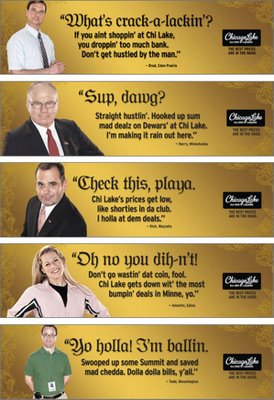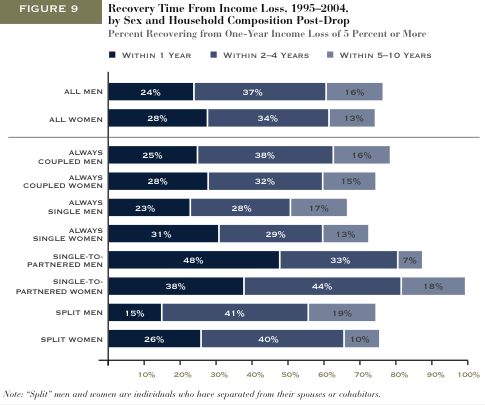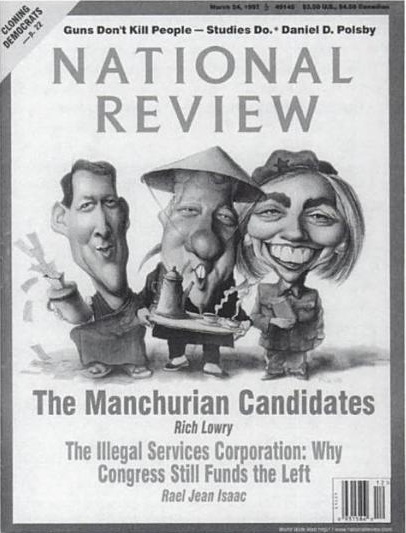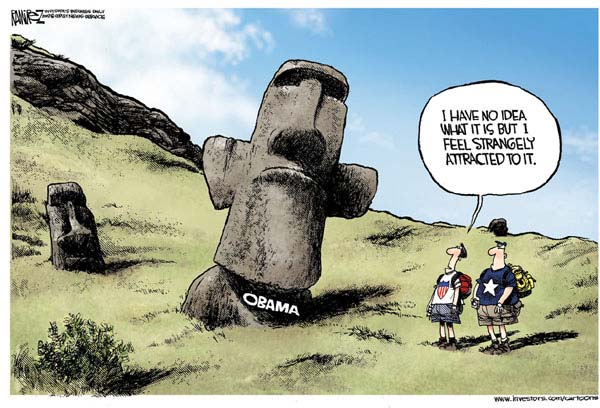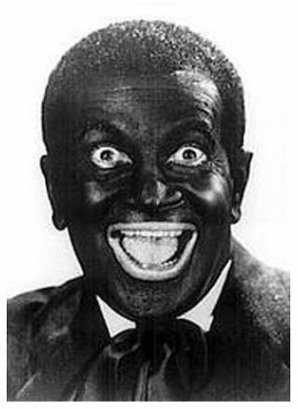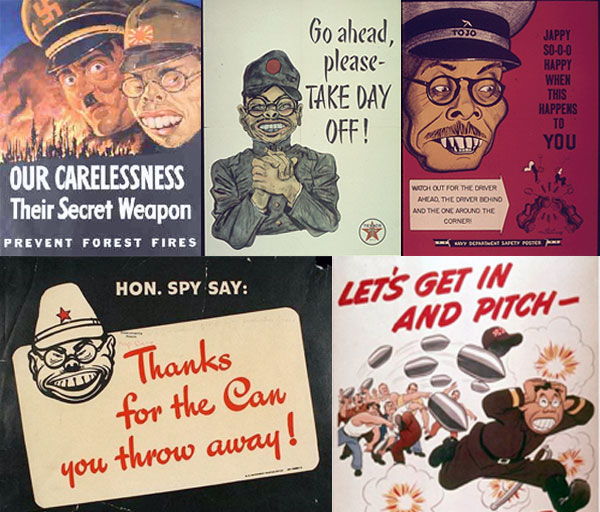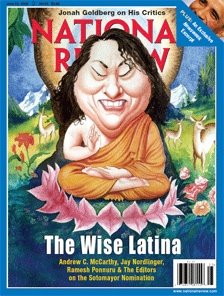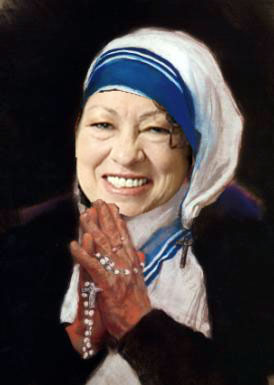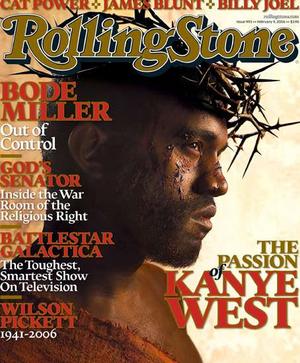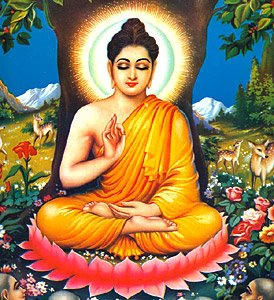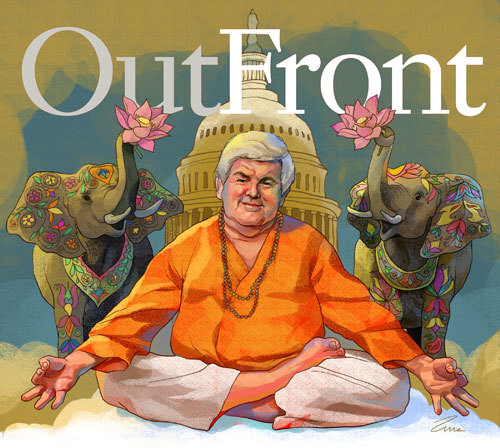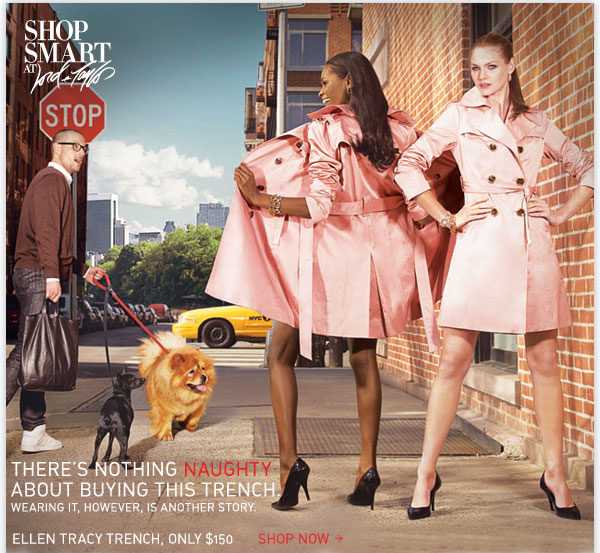Sociologist Yen Le Espiritu popularized the idea of a pan-ethnic identity. “Asian American” is a pan-ethnic identity. It is an invented label applied to dozens of different groups with wildly different cultural traditions and languages. Most Americans (Asian and not), over time, came to accept the term as meaningful. American Indian is also a pan-ethnic term, as is African American and most other such labels.
On the one hand, pan-ethnic labels can be empowering. There is power in numbers. A large community identified across ethnic and national identities by race (however fake that racial designation is) can, for example, become a powerful voting bloc to which politicians must attend, or be mobilized to work together to fight for a common cause.
On the other hand, pan-ethnic labels can be disempowering. They tend to ignore the distinctions that make ethnic and national identities meaningful, and the rough categories erase differences among groups, thus making it more difficult to see and, thus, problematize disadvantage.
This latter problem motivated the Asian Pacific American Coalition (APAC) of the University of California campuses to run its “Count Me In” campaign. They notice that, though “Asian Americans” were well represented on University of California campuses (they make up 43% of incoming frosh in 2006), certain groups deemed “Asian” remain underrepresented. These include students of Cambodian, Hmong, and Laotian descent, among others.
The campaign asked the University of California system to disaggregate their “Asian” category.
In response the University of California added 23 new categories to their application.
For a much more extensive discussion of this issue, see Fatemeh Fakhraie’s post at Racialicious(where I stole this video clip).
—————————
Lisa Wade is a professor of sociology at Occidental College. You can follow her on Twitter and Facebook.

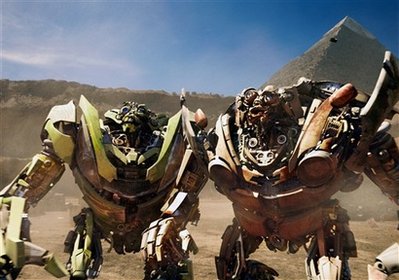 I haven’t seen the movie, so it’s difficult to comment directly, but I wonder if this another example of the dehumanizing racial stereotypes. Michael Bay, the director, largely dismisses the concerns. “Listen, you’re going to have your naysayers on anything,” he said. “It’s like is everything going to be melba toast? It takes all forms and shapes and sizes.”
I haven’t seen the movie, so it’s difficult to comment directly, but I wonder if this another example of the dehumanizing racial stereotypes. Michael Bay, the director, largely dismisses the concerns. “Listen, you’re going to have your naysayers on anything,” he said. “It’s like is everything going to be melba toast? It takes all forms and shapes and sizes.”